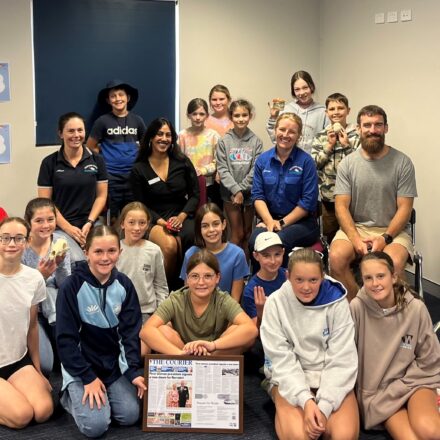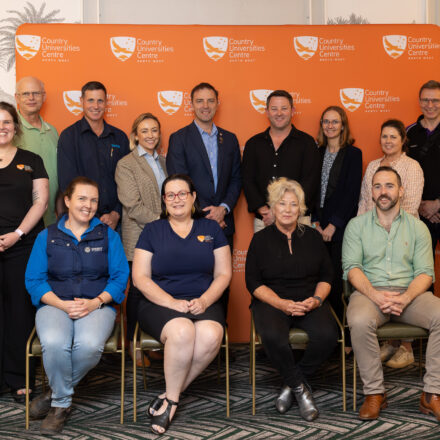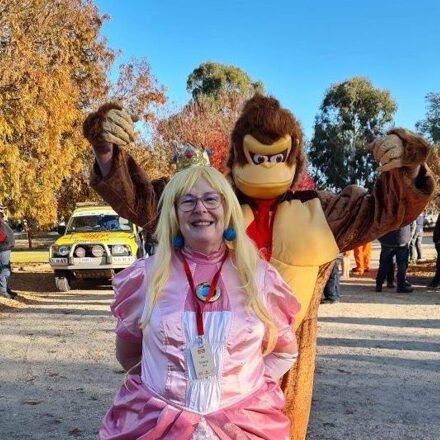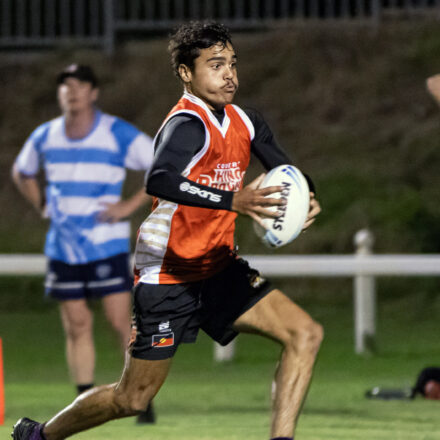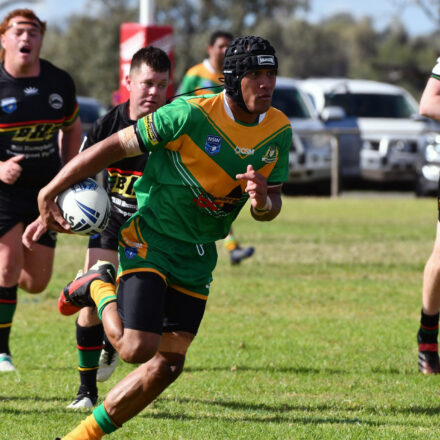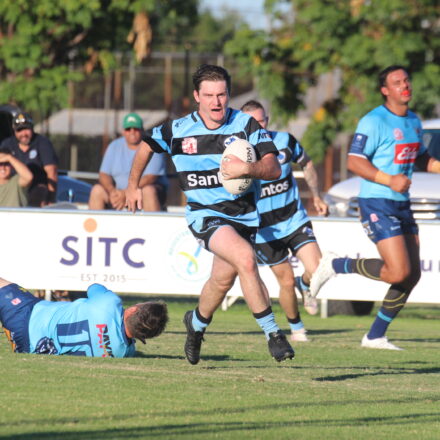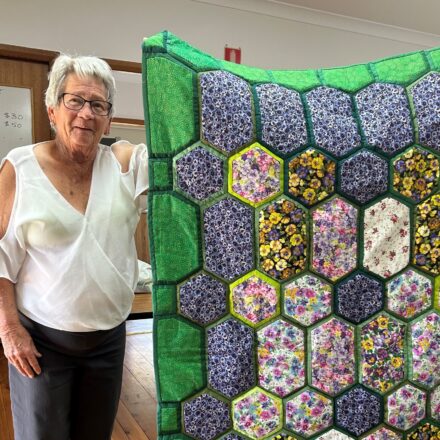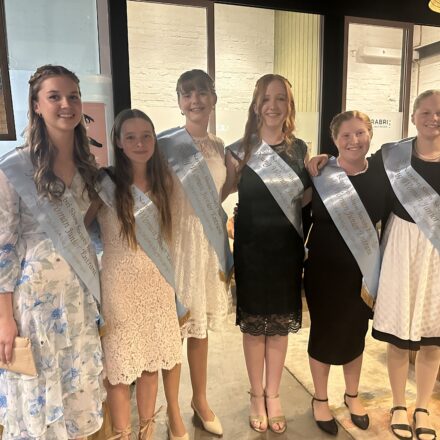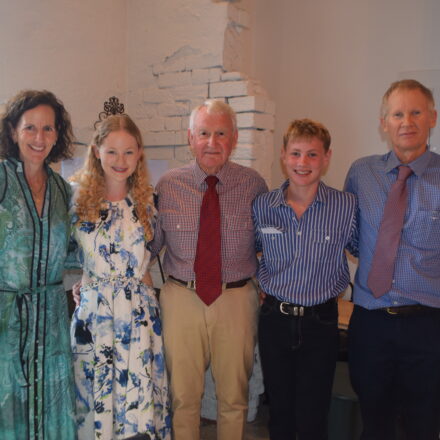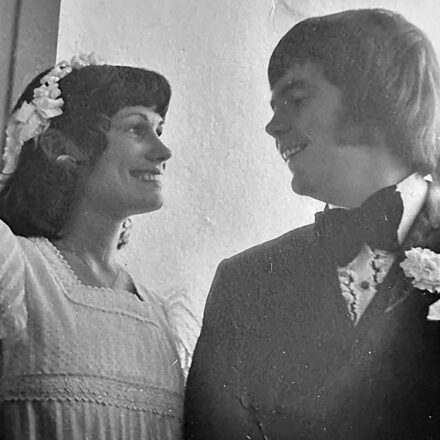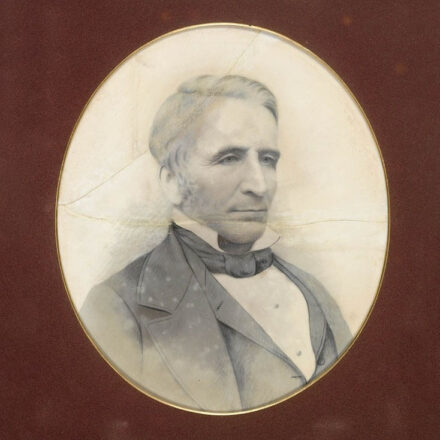Approval for tribute to Dr Bob Anderson
Decades of service to Narrabri and district as a medical practitioner, and involvement in community organisations, will see the late Dr Robert (Bob) Anderson immortalised through a tribute at the Selina Street Common. In a fitting tribute, Dr Anderson, who was a member of the Rotary Club of Narrabri, will be honoured as part of a Rotary project near his former Selina Street home. For many years, the club sought to honour Dr Anderson’s service to the community and found the perfect place for acknowledgement through its redevelopment of the Selina Street picnic shelter area. Narrabri Shire councillors endorsed plans […]

